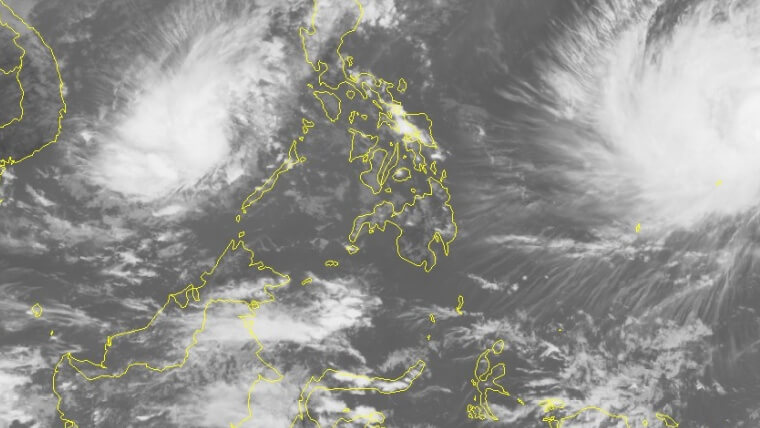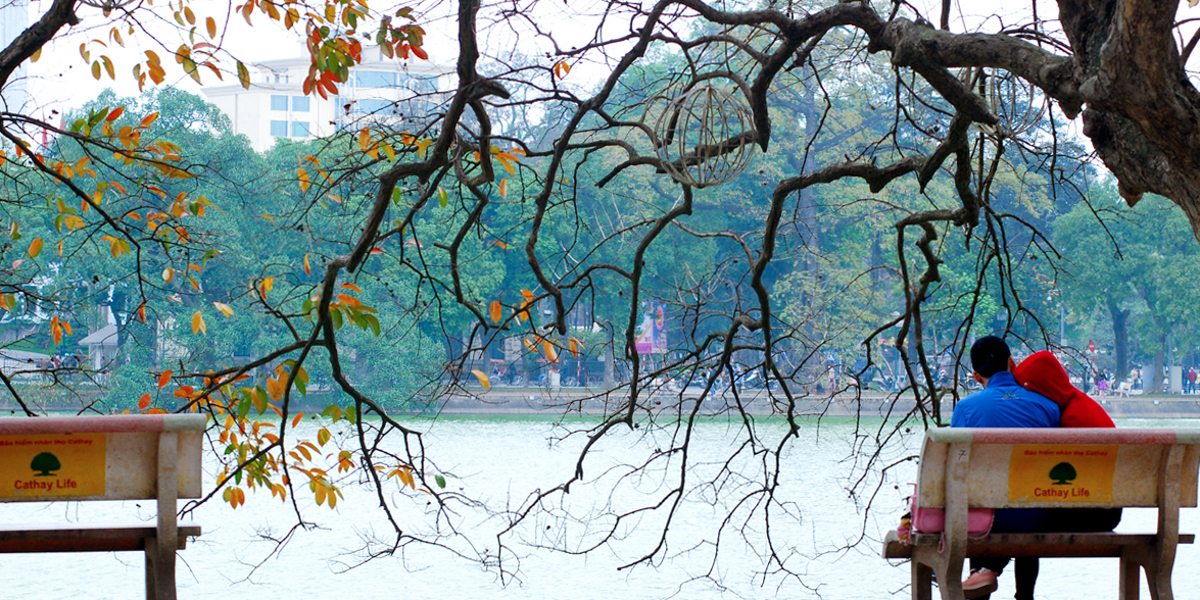Vietnam has a humid monsoon climate so typhoons originating from the Pacific Ocean often occur. Typhoons in Vietnam are mainly formed in the East Sea (40%) and the east of Luzon (Philippines) in the Pacific (60%). The annual typhoon season usually lasts from May to December. It starts with typhoons originating from the East Sea, affecting directly coastal provinces and land areas. Typhoons are most concentrated in August, September and October of the year. According to statistics, on average, Vietnam experiences about 10 typhoons and 2-3 tropical depressions every year.
I - The impact of typhoons in Vietnam to tourism
Typhoons are a common natural disaster in Vietnam, causing heavy damage to people and the economy, including tourism and especially marine tourism. In particular, the impact of typhoons on each region is as follows:

Source: Internet
1 - Northern Vietnam
The clear differentiation of seasons in Northern Vietnam turns tourism activities, especially marine tourism into seasonal ones. The typhoon season in the North usually occurs from June to September. Typhoons affect mainly the islands and coastal provinces from Quang Ninh to Ninh Binh. Especially, it also has a direct effect on tourism activities related to the seas and islands such as cruise ship tours, scuba diving tours, bathing and kayaking, etc., at typical tourist destinations such as Ha Long Bay, Co To Island, Cat Ba island, Quan Lan Island, Bach Long Vi Island, Hon Dau Island. Inland areas such as Hanoi and Ninh Binh, typhoons and typhoon circulation cause rain, leading to a restriction on travel and sightseeing.
2 - Central - The place most severely affected by typhoons in Vietnam
This is the key centre of typhoons in Vietnam, as well as home to the best beaches of Vietnam. Some of the famous beaches can be mentioned are Sam Son, Hoi An beach, Da Nang, Nha Trang, Hue, Mui Ne, Phan Thiet, etc. The region usually experiences the most typhoons which occur in September, October and November. The typhoons are accompanied by heavy rain and strong winds, easily causing flooding in low lying areas, sand whirlpools, rough seas, etc., which directly affects tourism activities during this season. From May to July is the peak of domestic tourism (due to coinciding with school holidays as well as the beginning of the typhoons season - Storms rarely appear and rain is not much). Due to such characteristics, the Central region only attracts tourists from December to April. Also located in the Central region, the Central Highlands is the only area not affected by typhoons. However, from the beginning of May to the end of November, the area is affected by the rainy season, not suitable for travel and exploration.
3 - Southern Vietnam
Possessing more favorable weather than the above-mentioned regions, the Southern region can develop tourism all year round. Typhoons hitting the South directly are quite rare, however the typhoon season in Northern and Central Vietnam is also the rainy season in the south so the period from May to October is not the best time for travel and experience.
II - Tips for tourists
Source: Osman Rana
In general, the typhoon season in Vietnam usually starts from June to October mainly. Early typhoons sometimes occur from May and late ones occur in November and December, however, early or late season typhoons are not as strong as typhoons in the middle season, so the best time to travel to Vietnam is around from November to April next year.
Tourists should choose the time of the typhoon-free season to experience the trip to the fullest, discover many beautiful scenes and participate in the most diverse travel activities as possible.
For tourists deciding to come to Vietnam during the typhoons season, visitors should see the weather forecast arranged and planned appropriately to visit destinations away from the sea such as Sapa, Southwestern, and Highlands...to minimize the impact from typhoons. However, this journey will be in danger of landslides (due to the road moving many steep passes), so you should closely monitor the weather situation in the area corresponding to the road moving in the typhoons season.
Hopefully with our information, visitors will have an interesting trip, avoid the negative effects of Vietnam typhoon season and understand more about the climate and nature of our country.









 — Quan Nguyen
— Quan Nguyen

















